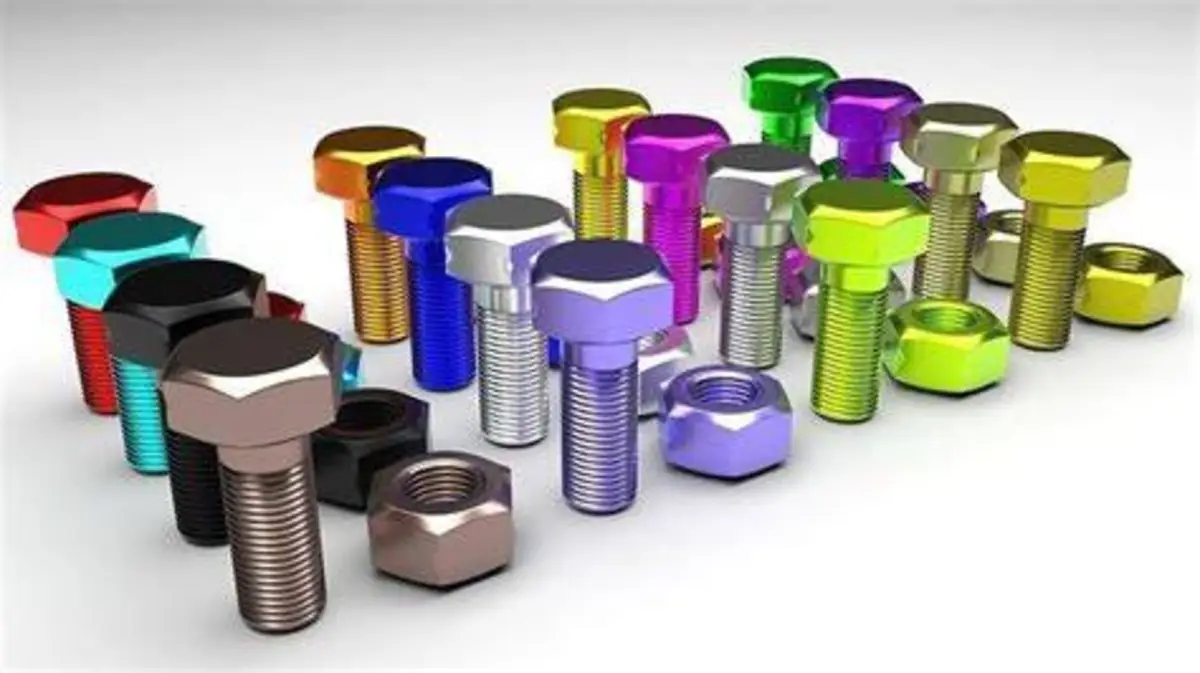Choosing the right fastener goes beyond strength and size. In recent years, Colored Bolts have emerged as a versatile solution across manufacturing, construction, automotive, and aerospace sectors. By applying durable coatings or anodized finishes, these color-coded fasteners simplify inspection, improve safety, and reinforce brand identity. This article breaks down the key advantages of Colored Bolts, outlines best-practice tips for implementation, and highlights why this trend is gaining momentum in modern industries.
Improved Visual Identification
Color plays a powerful role in rapid identification. Instead of scanning tiny head stamps or consulting charts, technicians can instantly recognize bolt grade, material, or torque requirement at a glance. For example, red bolts might denote high-strength alloy, while blue indicates stainless steel. This visual cue:
- Cuts down inspection time
- Reduces misapplication errors
- Supports quality control during assembly
In fast-paced production lines, Colored Bolts accelerate workflow and help teams meet tight schedules without sacrificing accuracy.
Streamlined Assembly and Maintenance
Using Colored Bolts streamlines both installation and routine upkeep. Color-coding can match hardware to specific components or phases of assembly, so installers know exactly which bolt goes where. During maintenance, service crews can quickly spot fasteners that require re-torquing or replacement. As a result:
- On-site troubleshooting becomes faster
- Training new staff is simplified
- Downtime for repairs is minimized
Over the life of equipment, these efficiencies translate into measurable labor savings and higher overall uptime.
Enhanced Safety and Regulatory Compliance
In industries where safety is non-negotiable, Colored Bolts offer an extra layer of protection. Clearly differentiated fasteners help ensure that critical joints—such as those in scaffolding, machinery guards, or pressure vessels—use the correct grade. This visibility supports compliance with standards like ISO, OSHA, and ANSI. Key safety benefits include:
- Prevention of under-strength bolts in critical applications
- Easy audit trails through photographic documentation
- Simplified verification during safety inspections
By reducing human error, Colored Bolts reinforce a culture of safety and accountability on every job site.
Branding, Aesthetics, and Customization
Beyond function, Colored Bolts enable designers to integrate hardware into the visual identity of a product. Custom hues can match corporate colors, vehicle liveries, or architectural palettes. This approach:
- Enhances the finished appearance of consumer goods
- Strengthens brand recognition through consistent color cues
- Opens creative possibilities for limited-edition or bespoke builds
From high-end bicycles to commercial signage, color-coordinated fasteners demonstrate attention to detail and elevate perceived quality.
Durability, Corrosion Resistance, and Material Performance
Many Colored Bolts undergo processes like anodizing, powder coating, or specialized plating. These coatings not only impart vibrant shades but also boost resistance against rust, abrasion, and chemical exposure. Advantages include:
- Prolonged durability in demanding conditions
- Lower maintenance and replacement costs
- Preservation of bolt markings and torque integrity
Choosing the right finish ensures that Colored Bolts perform reliably outdoors, underwater, or in corrosive industrial settings.
Sustainability and Environmental Impact
Modern coatings technologies increasingly focus on eco-friendly formulations with low volatile organic compounds (VOCs) and reduced heavy-metal content. By choosing Eco-Certified Colored Bolts, organizations can:
- Minimize environmental footprint
- Meet stricter regulatory requirements on coatings
- Showcase commitment to sustainable manufacturing
This eco-conscious approach aligns fastener choices with corporate responsibility and helps win approvals from environmentally focused clients.
Implementation Guidelines and Best Practices
To make the most of Colored Bolts, consider these tips:
- Partner with reputable fastener suppliers offering consistent color batches.
- Create a color-coded guide that associates each shade with the corresponding bolt grade and material.
- Incorporate color checks into incoming inspections and maintenance logs.
- Train assembly and service teams on the color-coding system.
Documenting your color strategy ensures clear communication across engineering, procurement, and field crews, maximizing the benefits of Colored Bolts.
Conclusion
Colored Bolts/ Mur tokohasil: represent more than a visual novelty—they’re a strategic enhancement for modern industries. By improving identification, safety, maintenance efficiency, and brand consistency, these color-coded fasteners deliver tangible returns on investment. As coating technologies evolve toward greater durability and environmental friendliness, expect Colored Bolts to become an even more integral part of tomorrow’s manufacturing and construction landscapes.

